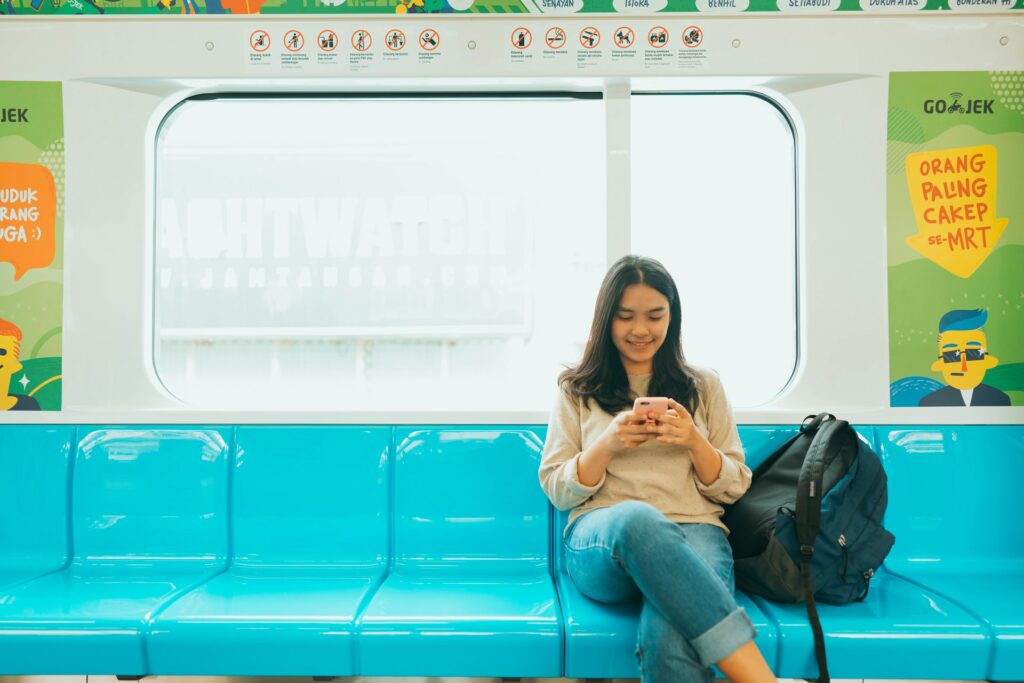What is Website Accessibility?

What is website accessibility?
Accessibility is about building a site that is usable for everyone. The World Wide Web Consortium (W3C) defines accessibility as the practice of making a website available to all people no matter their hardware, software, network infrastructure, native language, culture, geographical location, or physical or mental ability. Making sure a website is usable not just with a mouse and keyboard, but also by using only a screen reader, a braille reader, or one of many other technologies that help people with disabilities use the web.
Why accessibility matters
According to the Centers for Disease Control and Prevention, 61 million US adults live with some kind of disability. If your website isn’t built with accessibility in mind, that’s 1 in 4 adults that are potentially having problems using the site. They may even be fully unable to use the site. Those are potential customers or members that the site isn’t able to reach.
Accessibility lawsuits are on the rise according to the American Bar Association. Title III of the Americans with Disabilities Act requires that many public facing websites provide equal service to all—regardless of disability, race, or gender. By making your site accessible you can reduce the chances of a lawsuit being directed at your website.
Situational disabilities
Situational disabilities can also be a factor for your users. These are temporary disabilities that affect users ability to use your website. How often have you tried to look at something on your phone outdoors but had issues seeing because of the glare? What about trying to read something like this article while there are other distractions going on, like being at a doctor’s office or having the TV on? These things, and many other situations, can cause situational disabilities for your users. By designing your website for assistive technology, these situational disabilities can also be helped.
How to build a website for accessibility
There are many different things to consider when designing a site for accessibility, but a few of them are:
High contrast for text
Having a high contrast ratio between text and background elements to allow users to easily read the text.
Low contrast
Contrast ratio of 2.46:1 |
High contrast
Contrast ratio of 5.7:1 |
Descriptive alt text on all images
Alt text is part of the code that should be added to all images on a site. People with vision impairments may have issues seeing images, so alt text is a description that assistive technology will read aloud for them instead. This way, even without seeing the image can be conveyed to the user.

Bad alt text: Woman with phone.
Good alt text: A woman looks at her phone while riding on a subway train.
Clear and concise writing
Write site content in a clear and easy to understand manner. This makes it more accessible to users with cognitive disabilities and those who are reading something written not in their first language. An added benefit is that people tend to scan text when reading online for headlines and key words. Clear and concise writing will help get your message across better even when someone isn’t reading everything you type.
Using headings in order
As mentioned before, people tend to scan when reading online. This makes headings all the more important. By keeping headings in a logical order, biggest to smallest, you make the content easier for everyone to digest.
Here’s an example of what a heading order should look like:
Caption: Start the page with an h1 tag and then work your way up (h2, h3, etc.) as the topic drills down.
Use descriptive link text
Make sure linked text is descriptive and gives a user an idea of what information they’re going to find when they click on the link.
Take these two examples:
- Click here to find information on accessibility
- Click here to find information on accessibility
The first example doesn’t give the user any clues about what they’re clicking on, “Click here.” is vague and not descriptive.
“Information on accessibility,” gives a more clear understanding and expectation for what kind of page the user is about to go to.
Accessibility boosts SEO
Another benefit of being accessible is that many accessibility best practices are also best practices for search engine optimization (SEO). By making your site accessible, you’re also working towards increasing your site’s visibility on search engines such as Google or Bing.
How can WDG help?
Here at WDG, we want to build websites that are usable by everyone. It’s better for the end user experience which in turn makes it better for everyone involved. When we build a site, we keep accessibility in mind from the start. Our team has experience with accessible design and development and we build sites with WCAG 2.1 guidelines in mind. Your success is important to us so we want you to be able to reach as many users as possible.
We can also provide content guidelines so that even as you build out your own content, you are better equipped to keep it accessible.
We helped The Kendal Corporation build their new site to be more accessible for their aging population of customers. We also helped the University of Pennsylvania create a site that went through extensive usability testing so that it would meet federal accessibility standards and be a welcome experience for all potential and current students.
Other accessibility resources
- Accessibility tutorials
- WebAIM: web accessibility for designers
- WebAIM: contrast checker
- Web content accessibility guidelines
- Wave web accessibility evaluation tool